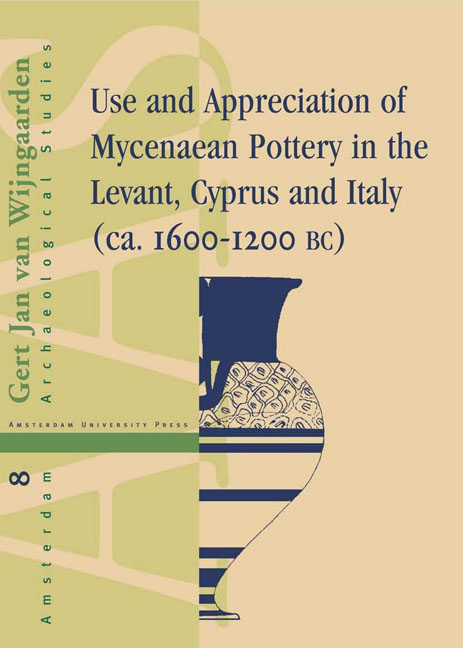5 - Ugarit
Published online by Cambridge University Press: 10 February 2021
Summary
INTRODUCTION
The sites of Ras Shamra and Minet el-Beida are situated in the Syrian coastal plain, ca. 12 km north of the modern harbour town of Lattakia. Minet el-Beida is the name of a bay near which an urban zone has been excavated, less than a kilometre away from the tell of Ras Shamra, which is located somewhat inland. The sites have been excavated since 1928 by successive French missions, who have continued the research up to the present day. The site at Minet el-Beida was explored from 1929 to1935. The earliest habitation at the harbour town dates to the first phase of the Late Bronze Age. In contrast, the lowest levels from Ras Shamra are from the preceramic Neolithic and the site appears to have been inhabited continuously until its destruction and abandonment at the end of the Late Bronze Age. Epigraphic evidence has shown that Ras Shamra was the capital of ancient Ugarit.
The Late Bronze Age remains appear to have covered the whole tell of Ras Shamra, which encompasses about 26 ha., of which 1/6 has been excavated (Fig. 5.1). The excavated parts of the ancient city are generally referred to as if they constitute city areas. It must be understood, however, that the excavations have largely been conducted independent of the town's urban layout and that the areas represent archaeological trenches, rather than town quarters. The western part of the site is occupied by the vast royal palace, which contained ninety rooms and six courtyards. The palace was the only area at Ras Shamra that can be considered a specialised zone, designated for specific social groups and functions. The other excavation trenches have exposed tightly-knit urban zones, in which buildings meant for habitation were interspersed with shops, workshops and religious structures. Four buildings with cultic functions can be identified with certainty at Ras Shamra. However, it is clear that religious rites were practised outside structures with explicit cultic functions as well. Even though a site plan from Minet el-Beida has never been published, it is clear from the description by the excavators that tombs, houses, storehouses and workshops were discovered, as well as spaces designated to ritual practices.
- Type
- Chapter
- Information
- Use and Appreciation of Mycenaean Potteryin the Levant, Cyprus and Italy (1600-120O BC), pp. 37 - 74Publisher: Amsterdam University PressPrint publication year: 2002



